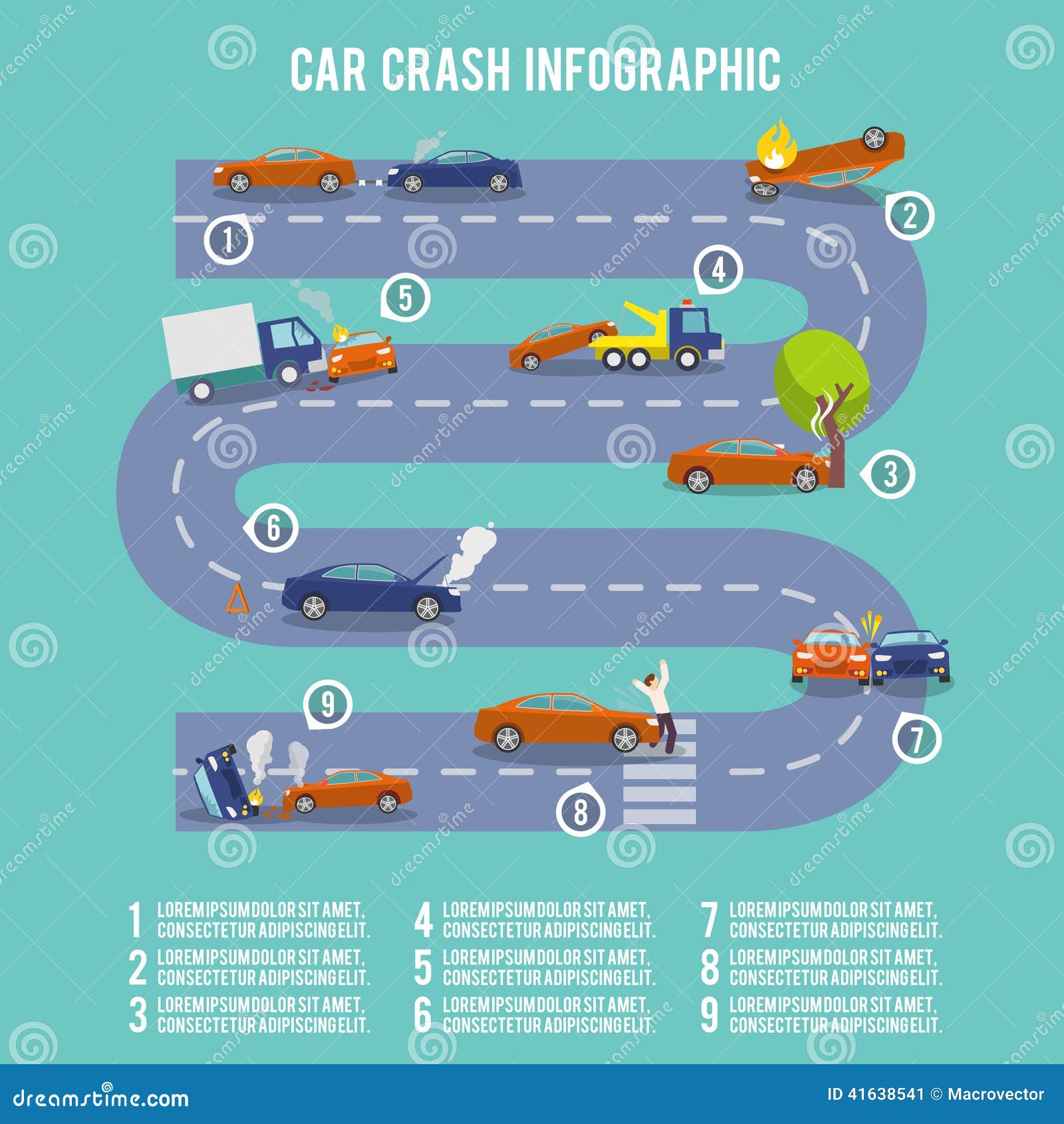Recognizing Your Vehicle'S Warning Lighting: What Do They Really Mean?
Recognizing Your Vehicle'S Warning Lighting: What Do They Really Mean?
Blog Article
Composed By-Sykes Kejser
When you're behind the wheel, those beautiful caution lights on your dashboard can be a bit difficult. Do you understand what they're attempting to inform you regarding your cars and truck's health? Understanding the value of these lights is vital for your safety and security and the long life of your car. So, the following time among those lights turns up, wouldn't you want to understand its message properly and take the needed actions to resolve it?
Common Warning Lighting and Interpretations
Identify typical caution lights in your automobile and recognize their meanings to guarantee secure driving.
The most normal warning lights consist of the check engine light, which signals issues with the engine or emissions system. If this light begins, it's vital to have your automobile checked quickly.
The oil pressure cautioning light shows reduced oil pressure, calling for immediate focus to avoid engine damage.
A flashing battery light could suggest a defective billing system, possibly leaving you stranded otherwise addressed.
The tire stress monitoring system (TPMS) light notifies you to low tire pressure, influencing automobile security and fuel performance. Overlooking this could bring about dangerous driving conditions.
The ABS light suggests an issue with the anti-lock braking system, endangering your ability to stop swiftly in emergency situations.
Finally, https://cesarjeyto.blogproducer.com/36435807/rapid-and-easy-car-explaining-a-beginner-s-overview-to-finishing-in-under-an-hour alerting light warns of engine getting too hot, which can result in severe damages otherwise settled swiftly.
Comprehending these typical warning lights will certainly aid you attend to issues immediately and keep safe driving problems.
Significance of Prompt Attention
Understanding the usual caution lights in your cars and truck is only the first step; the value of without delay addressing these warnings can not be stressed enough to guarantee your safety and security when driving.
When a caution light brightens on your dashboard, it's your automobile's means of communicating a prospective issue that needs interest. Overlooking these warnings can bring about more serious problems down the road, endangering your security and potentially costing you much more in repairs.
Motivate attention to advising lights can protect against malfunctions and crashes. As an example, a blinking check engine light might show a misfire that, if left neglected, can cause damage to the catalytic converter. Addressing this promptly can save you from a costly repair service.
In a similar way, a brake system warning light could signify low brake fluid or worn brake pads, important parts for your safety and security when driving.
Do It Yourself Troubleshooting Tips
If you see a warning light on your control panel, there are a few DIY troubleshooting suggestions you can try prior to seeking professional aid.
The initial step is to consult your automobile's guidebook to recognize what the specific warning light shows. In some cases the concern can be as easy as a loose gas cap setting off the check engine light. Tightening the gas cap might fix the issue.
https://www.moneytalksnews.com/slideshows/heres-the-average-social-security-benefit/ is a low battery, which can set off different alerting lights. Inspecting the battery links for corrosion and guaranteeing they're protected may fix the trouble.
If a warning light continues, you can try resetting it by detaching the vehicle's battery for a few minutes and afterwards reconnecting it. Furthermore, inspecting your automobile's liquid levels, such as oil, coolant, and brake fluid, can aid repair advising lights connected to these systems.
Final thought
To conclude, understanding your automobile's warning lights is crucial for keeping your car running smoothly and safely. By immediately resolving these notifies and knowing what they indicate, you can prevent costly repair work and possible failures.
Remember to consult your cars and truck's handbook for specific information on each cautioning light and act accordingly to guarantee a hassle-free driving experience.
Keep informed, remain secure when driving!
